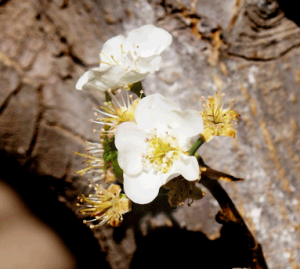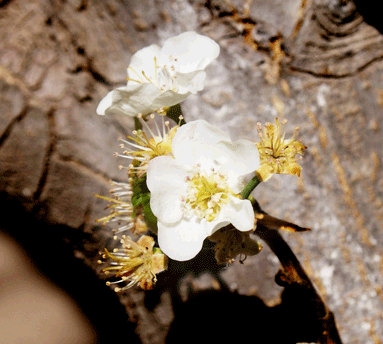 BWW’s own Judith Nasse reports from the Taos Writer’s Conference: “Wally Lamb told a great story, pertinent to all of us who are submitting to magazines. He said when he was first starting out he submitted stories to umpteen magazines. One story got a rejection letter from “Mississippi Review.” A bit later, without realizing he’d already sent the story, he submitted it to them again without any revision. They not only accepted it, but raved about it and gave it an award. That led to an agent, and the rest is history! His new book coming out in October is intense but good, but not for the faint-hearted. His basic message is never give up – it’s a crap shoot.”
BWW’s own Judith Nasse reports from the Taos Writer’s Conference: “Wally Lamb told a great story, pertinent to all of us who are submitting to magazines. He said when he was first starting out he submitted stories to umpteen magazines. One story got a rejection letter from “Mississippi Review.” A bit later, without realizing he’d already sent the story, he submitted it to them again without any revision. They not only accepted it, but raved about it and gave it an award. That led to an agent, and the rest is history! His new book coming out in October is intense but good, but not for the faint-hearted. His basic message is never give up – it’s a crap shoot.”
Caroline Levitt interviewed on MSN: “When I signed with Algonquin, “Pictures of You” was going to be hardback, and then they told me they wanted to jump start my career (I had no real career–8 failed novels. Great reviews but no sales and no one knew who I was. People would ask me at parties, what do you do, and I’d say, “I’m a writer?” with that dreadful question mark in my voice because I didn’t feel like one.) by making it a paperback original, I was horrified. I cried. I begged them not to. “I won’t get reviews,” I cried, and they said, calmly, “Oh yes you will.” I was terrified I wouldn’t be taken seriously, the book wouldn’t sell, it was humiliating. When I told writer friends, they tried to be supportive, but I could see that they were a little unnerved, too. A hardback meant respect. It meant reviews and sales. I was so worried that I called my agent and she said that most books in Europe are paperbacks now, that this is what bookstores want, that the economy is such that people are more willing to take a chance on paperbacks than hardbacks. Everyone felt this was a brilliant opportunity for me.
“I wasn’t convinced. I was mortified. I was scared. But Algonquin took that paperback and 3 months before publication, it was in its 4th printing! I got more reviews and better reviews for that book than I could ever have imagined–Elle, Vanity Fair, O Magazine, Newsweek (that one totally startled me!), Washington Post, Boston Globe, Minnesota Star Tribune, The San Francisco Chronicle made it a Lit Pick and it became a Costco Pennie’s Pick. By its first month out, it became a New York Times bestseller, and there was even a piece written about it–I forget where–about a paperback getting this kind of reviews–and the best thing was all the reviews were talking about it as a literary work, rather than going for the beachy image paperbacks often have.
“When it came time for “Is This Tomorrow,” I told them I wanted it to be paperback. I had seen how people at readings would buy four copies at a time! And I was no longer worried about reviews. It’s funny, but I’ve had other authors contact me because they have heard their book is going to be paperback original and they’re scared, and I tell them not to be. I do know one writer whose paperback original did not get a lot of reviews, but the few reviews she got pushed word of mouth, and she did get on the New York Times bestseller list and stayed there for a very long time! So you never know.”
Things are changing in publishing. Things are always changing in publishing but now they are changing faster. And yet stories of hope abound. And hope is what we need to keep writing, and writing is what we need to do to get published. So, anyone else want to share some hope?


Thank you for this topic! I am still working on picturing my novel 1) finished, polished, ready, 2) accepted by an agent, 3) bought by a publishing house, and 4) published and in my hands. Caroline Levitt’s tale of paperback v. hardback adds another option to hope for, or picture. I tell myself I can only do my very best at each of the above stages of publishing, and it really gives me hope to think I have the support of BWW friends and staff at every stage.
My particular way of “keeping hope alive” is submitting work to literary magazines and contests, as many of you know. This morning I received an e-mail notification from Poets and Writers (they have a mailing list for subscribers and lots of material on their website) that they just passed a milestone and can now boast a list of 1,000 literary magazines that are looking for work to publish. Oh, goody. It’s like a three-course meal for me, hungry-to-be-published writer, to look through these lists with my highlighting pen and plot my submission strategy for the coming month. As Elizabeth says, while our newly revised novels, or short stories, or chapters, or novel excerpts, or query letters are out there in the publishing and editing ether, we are in a state of waiting grace. Sigh. Good luck to all.